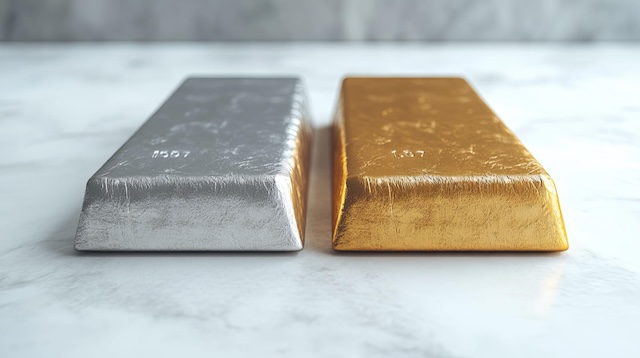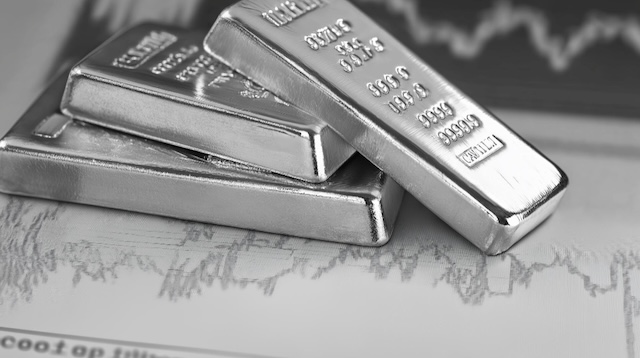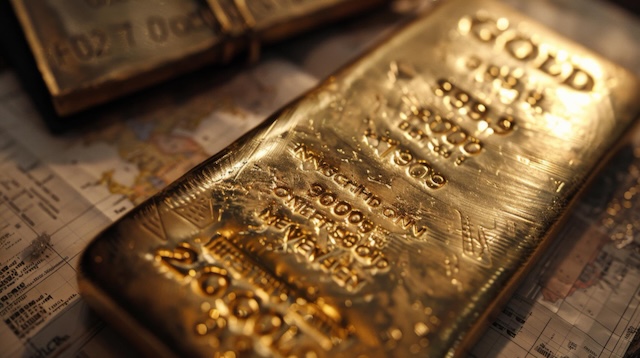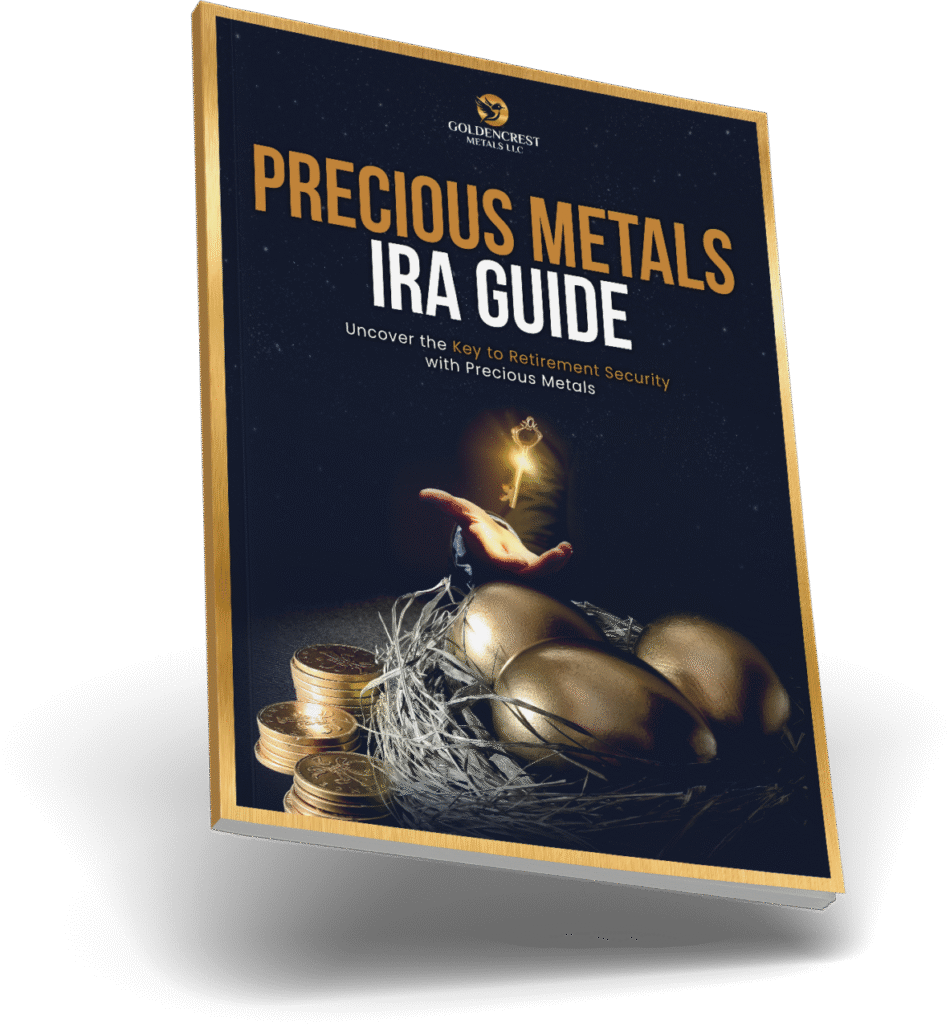When planning for retirement, many investors look beyond traditional stocks and bonds. Precious metals—particularly Gold IRAs and Silver IRAs—offer diversification, protection from inflation, and long-term security. But which option is better for you?
Understanding the differences between a Silver IRA and a Gold IRA can help you make an informed choice that strengthens your retirement portfolio.

What Is a Gold IRA?
A Gold IRA is a type of self-directed individual retirement account (IRA) that allows you to hold physical gold bullion, coins, or bars as part of your retirement savings. Investors choose gold because of its long history as a store of value and its ability to act as a hedge during times of economic instability.
-
Backed by physical gold approved by the IRS
-
Strong hedge against inflation and currency devaluation
-
Historically resilient during market downturns
If you want a deeper understanding of how gold fits into retirement planning, check out our guide on how to roll over a 401(k) into a Gold IRA in 7 easy steps.
What Is a Silver IRA?
A Silver IRA functions the same way as a Gold IRA, but instead of gold, you invest in IRS-approved silver bullion or coins. Silver offers investors a more affordable entry point while still providing the benefits of precious metals.
-
Lower entry cost compared to gold
-
Significant demand from both investors and industries (electronics, solar, medical)
-
Greater price volatility, which can lead to higher upside potential
Silver is often seen as a dual-purpose metal—part investment, part industrial commodity.
Key Differences Between Gold IRAs and Silver IRAs
1. Price and Affordability
-
Gold: Higher price per ounce, making it more expensive to build large holdings.
-
Silver: More affordable, allowing investors to accumulate larger quantities.
2. Market Stability
-
Gold: Historically stable, often considered the ultimate safe-haven asset.
-
Silver: More volatile due to its industrial demand but can provide stronger gains in bull markets.
3. Industrial Use
-
Gold: Primarily investment and jewelry demand.
-
Silver: Heavy industrial use in solar panels, electronics, and medicine.
4. Liquidity
-
Both metals are highly liquid, but gold tends to move faster in global markets because of its established role in central bank reserves.
Pros and Cons of a Gold IRA
Pros
-
Long-term stability and proven safe-haven asset
-
Hedge against inflation and currency declines
-
Easier to liquidate large value with smaller physical holdings
Cons
-
Higher cost per ounce
-
Slower price appreciation compared to silver during certain bull markets
Pros and Cons of a Silver IRA
Pros
-
Lower cost of entry
-
High industrial demand supports long-term value
-
Greater upside potential in strong market rallies
Cons
-
More volatile than gold
-
Requires more storage space due to lower value per ounce
Which IRA Might Be Right for You?
Choosing between a Silver IRA and a Gold IRA depends on your investment strategy and risk tolerance:
-
If you value stability, long-term preservation, and wealth protection, a Gold IRA may be the better choice.
-
If you prefer affordability, growth potential, and don’t mind short-term volatility, a Silver IRA could be right for you.
Many investors choose a combination of both gold and silver to balance security with growth potential.
Why Precious Metals Belong in Your Retirement Portfolio
Adding gold or silver to your retirement account helps protect your wealth against economic uncertainty, inflation, and stock market volatility. In fact, many retirement experts recommend allocating 5–15% of your portfolio to precious metals for diversification.
For more insights, explore our article on Gold price hits record high as investors seek safety.
Frequently Asked Questions (FAQ)
Q: Can I hold both gold and silver in the same IRA?
Yes. A self-directed IRA allows you to diversify by holding multiple precious metals, including gold, silver, platinum, and palladium.
Q: Are Silver IRAs riskier than Gold IRAs?
Silver is more volatile due to industrial demand, making it riskier in the short term but potentially more rewarding in bull markets.
Q: How do I start a Gold or Silver IRA?
The process involves selecting a custodian, funding your account through a rollover or transfer, and choosing IRS-approved metals. Learn how to roll over your 401(k) into a Gold IRA here.
Final Thoughts
When comparing a Silver IRA vs. a Gold IRA, the right choice depends on your financial goals, risk tolerance, and outlook on the market. Gold provides unmatched stability, while silver offers affordability and growth potential. The best strategy may be to hold both metals in your retirement account to protect and grow your wealth in today’s uncertain economy.
Whether you’re leaning toward a Gold IRA, a Silver IRA, or a balanced mix of both, the smartest move is to talk with a trusted specialist before making any decisions. At GoldenCrest Metals, our specialists are here to answer your questions and guide you through every step of the process. Contact us today to explore your options—or call us directly at 833-426-3825.
Sources:





